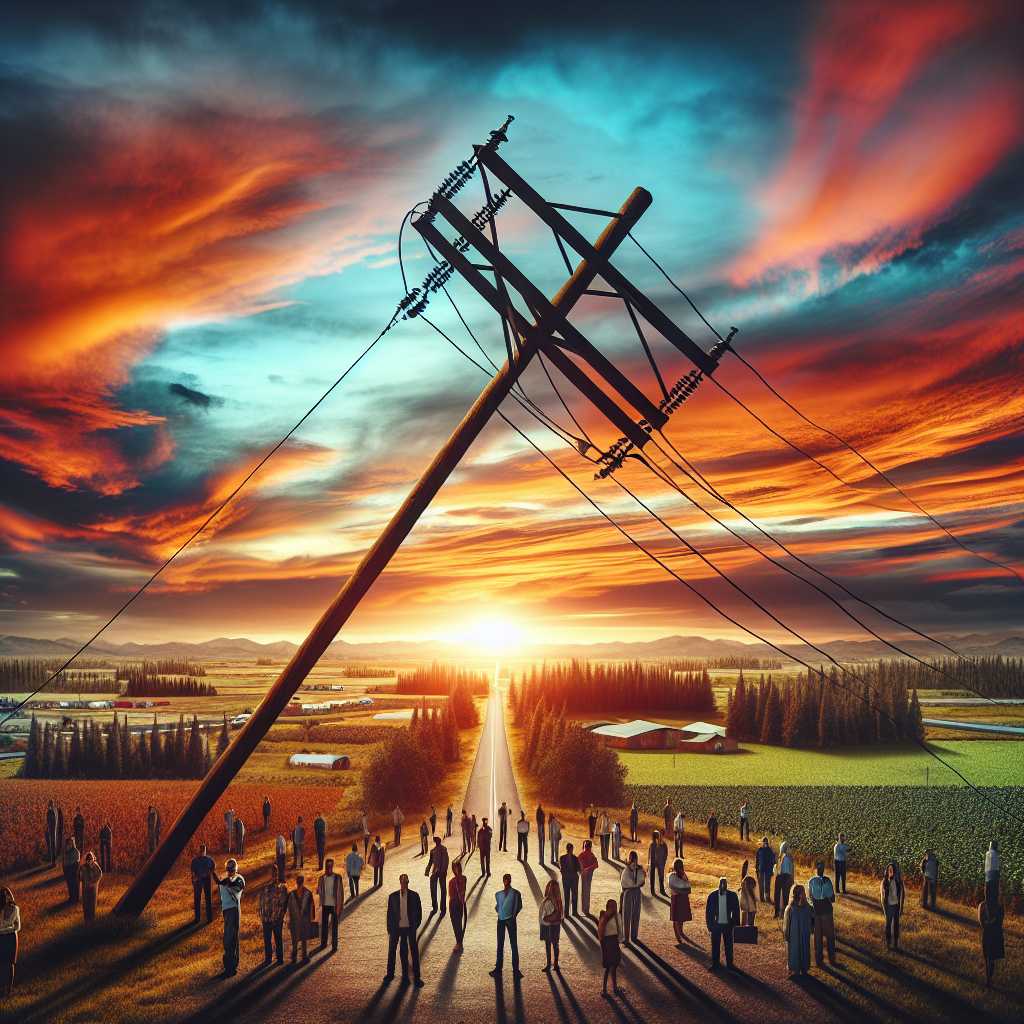# Exploring the Challenges and Impacts of Puerto Rico’s Persistent Power Outages
Puerto Rico has been grappling with a fragile electrical grid for years, and recurring power outages have raised concerns over the island’s energy infrastructure and its implications on daily life, economic stability, and broader recovery efforts. The situation not only sheds light on matters of utility management and disaster preparedness but also poses critical questions about the long-term sustainability and resilience of energy systems in the face of increasingly severe weather patterns and other stressors.
Historical Context of Puerto Rico’s Electric System Instabilities
Puerto Rico’s power grid has been under strain for decades, dealing with challenges such as outdated infrastructure, inadequate maintenance, and financial struggles that have hampered necessary upgrades. The situation was exacerbated by Hurricane Maria in 2017, a Category 5 storm that devastated the island and its electricity network. Since then, efforts to rebuild and modernize the grid have been ongoing, yet blackouts remain a frequent cause of frustration among residents, pointing to deep-seated issues within the electric utility sector.
Contributing Factors to the Power Outage Crisis
Several factors contribute to the persistent power outages in Puerto Rico. Aging infrastructure is the most visible problem, with much of its equipment being well beyond its intended lifespan. Financial difficulties within PREPA, the island’s public utility company, have constrained its ability to invest in essential improvements or routine maintenance.
Natural disasters amplify these vulnerabilities, with storms such as Hurricane Maria causing catastrophic damage to power lines, transformers, and generation facilities. Indeed, climate change factors into this equation as well – leading to more frequent and intense weather events that push the already fragile grid to its breaking point.
Furthermore, political challenges and bureaucratic obstacles have made federal funding for improvements slow in materializing, while also complicating coordination among local authorities, federal agencies, and private partners involved in grid modernization efforts.
Economic and Social Repercussions of Unreliable Electricity Supply
The impact of frequent blackouts goes beyond mere inconvenience; it has significant economic and social repercussions. Businesses suffer losses due to interrupted operations, which can deter investment and compound economic hardships on an island still trying to recover from bankruptcy and natural disasters. On a social level, unreliable power affects schools, hospitals, and critical services that rely on consistent electricity for operation.
Efforts to Restore and Improve the Electrical Grid
Despite daunting obstacles, there are tangible efforts underway aiming at a stronger future for Puerto Rico’s electric grid. Examples include initiatives to incorporate more renewable energy sources into the system, thus reducing reliance on imported fossil fuels and diversifying the energy mix. Initiatives also involve strengthening the grid against hurricane damage through underground cabling and other storm-proofing measures.
Looking Ahead: The Future of Puerto Rico’s Energy Landscape
Moving forward, the focus is not only on restoring service but also on ensuring sustainability through comprehensive reform. The oversight of grid repairs has garnered international attention with public-private partnerships proposing not just to patch up but to wholly reimagine dependencies on fossil fuels within divided regulatory frameworks.
Amidst federal oversight and contracting companies like LUMA Energy being tasked with operation and management since 2021, longstanding transformations are envisioned to make way for privatization drives intended to introduce innovation while seeking investments adept at executing large-scale infrastructure projects.
Notes
Image description:
A power line utility pole tilted against a backdrop of a sunset sky symbolizing the fragility of Puerto Rico’s power grid. On the ground below are signs of a small community representing people affected by power outages.
sKteR

